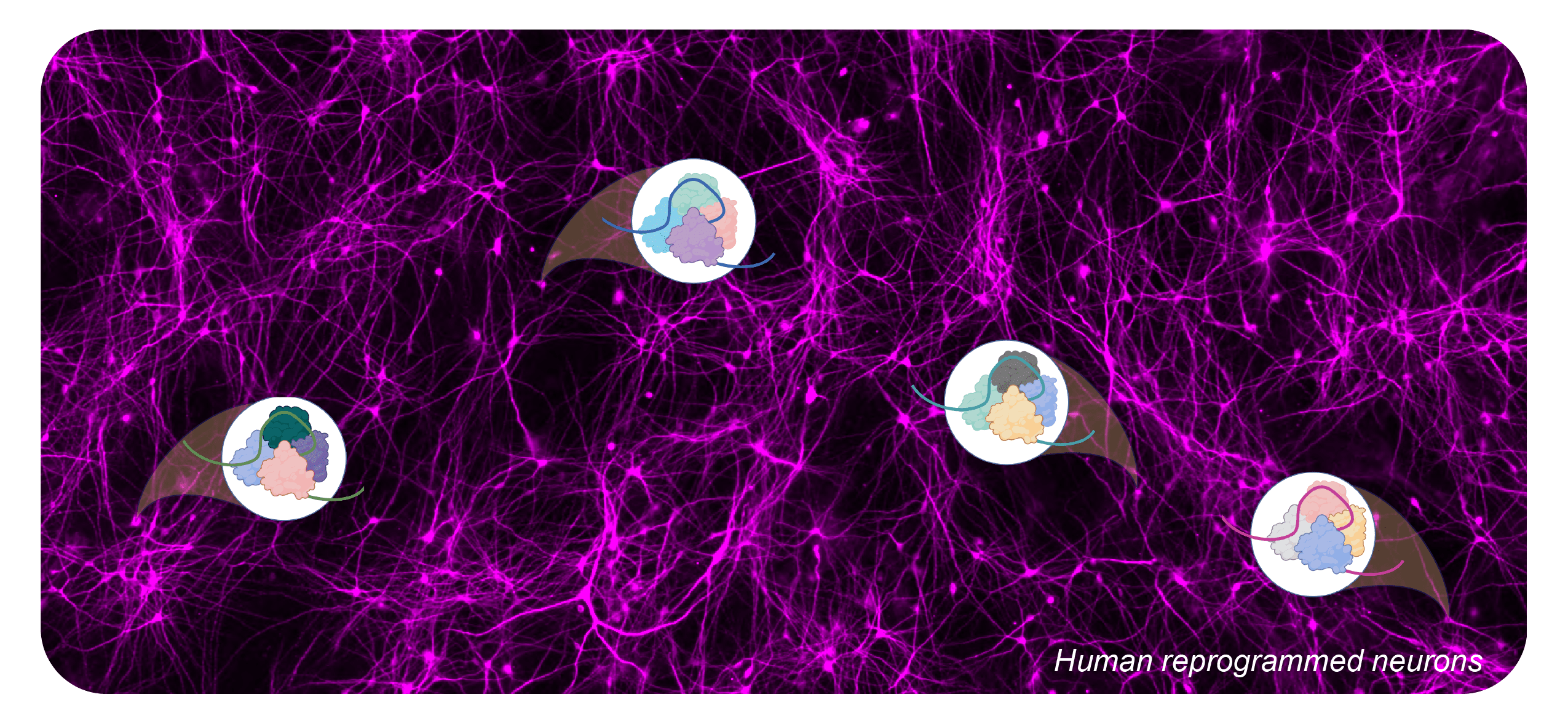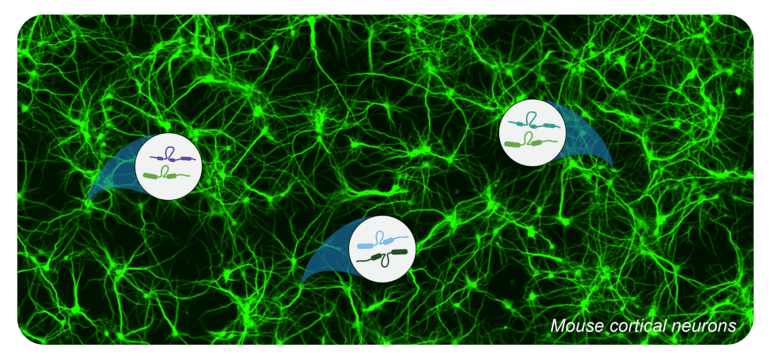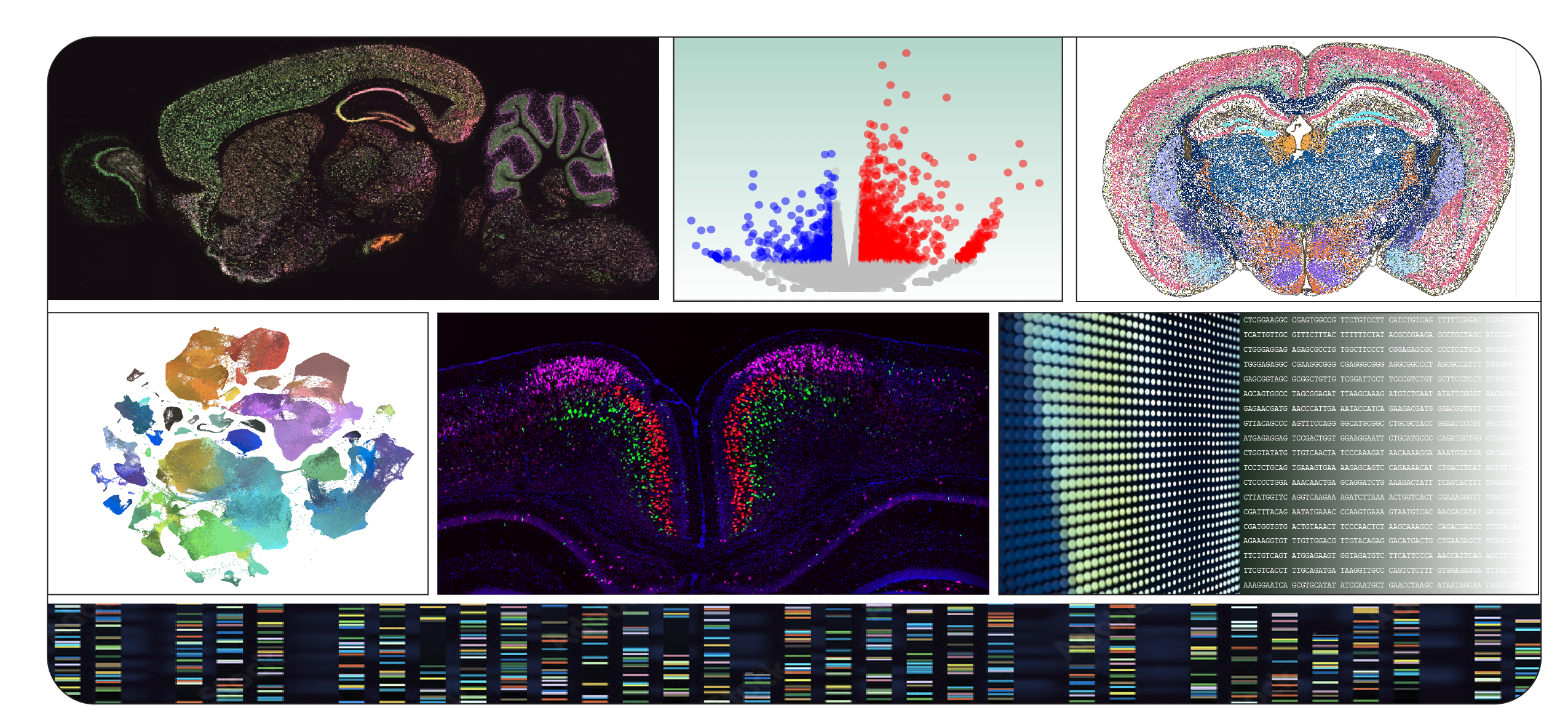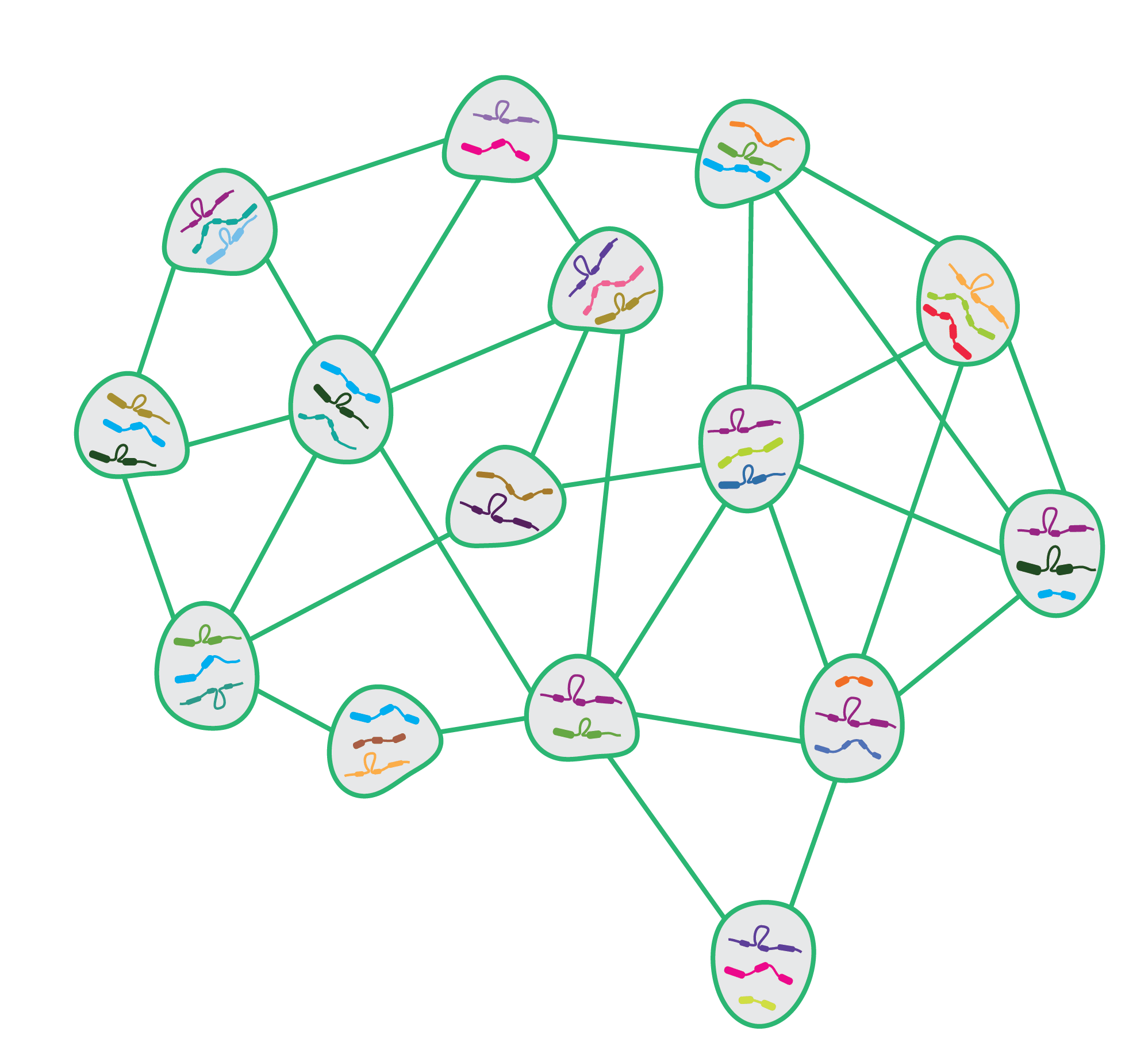"I judged that there was no better remedy ... than to communicate faithfully to the public what little I had discovered, and to urge good minds to try to go further by contributing, each according to his inclinations and power, to the observations and experiments that need to be undertaken, and by communicating in turn to the public everything that they learn".
- René Descartes, 1637
Exploring the biology of RNA splicing
When our cells make RNA from DNA, the premature messenger RNA (pre-mRNA) includes both coding (exons) and non-coding sequence (introns). Splicing is the process where the cell cuts out the introns and stitches the exons together, creating a final, polished RNA sequence that can be used to make proteins, the building blocks of life.
Traditionally, biological questions are addressed at gene level. However, we now know more than 80% of mammalian genes are alternatively spliced, meaning each gene is expressed as more than one form (isoforms). The function of the isoforms are determined by the sequence they contain, mainly regulated through the process of RNA splicing. We study how RNA splicing and alternative splicing regulate gene expression in mammalian cells and govern cell behaviour. We combine molecular biology, biochemical, genetic, microscopic, mouse genetics and computational tools to investigate splicing regulation in healthy cells and disease models and to ascertain how these controls go wrong in disease. We are interested in basic molecular mechanisms that would inform therapeutic discovery for spliceopathies - group of diseases caused by splicing misregulation.
We are committed to open research—transparency, reproducibility, and collaborative science. We share our protocols, data, and findings openly and quickly to accelerate discovery and help the broader research community build upon our work.
Our big questions are investigated under three broad themes as shown below
RNA Splicing

The joining of coding exons in a gene is a fundamental process in all types of mammalian cells. This complex process is carried out by cellular macromolecules called spliceosomes and associated splicing factors. Different cells can produce unique splicing patterns, leading to the production of distinct protein isoforms and ultimately defining the cell's function and characteristics. Although it is known that the regulation of RNA splicing plays a crucial role in determining cellular identity, how it is still unknown what determines the regulatory outcome. Our research addresses the regulatory mechanisms of RNA splicing, focusing on the identification of cell-specific splicing factors and how they interact with the spliceosome to guide splicing choices.
RNA Alternative Splicing

What triggers the choice of a cell to include or exclude an exon? Several factors contribute to this decision, including the presence of specific regulatory proteins, the sequence of the RNA molecule itself, and the inter and intra-cellular environment at the time of splicing. But at the operational level it is highly possible that some logical components (for eg. evolutionarily conserved splicing factor) to carry out the decision of alternative splicing. Through this logic, cells can operate in a dynamic manner, modifying the splicing patterns of their RNA in response to changes in their environment or developmental stage. This allows for a high degree of flexibility in gene expression and protein diversity. We aim to gain a deeper understanding of this logic through cellular and computational models to dissect the complex interaction between splicing factors, RNA sequences, and cellular environments. Our goal is to decode the 'language' of alternative splicing and to establish a 'grammar' for predicting splicing outcomes under various conditions.
Spliceomics

There is no single splicing factor regulating splicing of a single gene or an exon. Instead, multiple splicing factors work in a complex interplay to control the splicing process. These factors can interact with each other, potentially affecting multiple genes or exons simultaneously. Understanding structure of this network is not only important for understanding how cells achieve their complex and diverse functions, but also for shedding light on how dysregulation of this network could lead to diseases. With the right tools and methodologies, we can begin to unravel this complex network and its role in cellular function. Because cells make up tissue and organs, and organs are often interconnected, understanding these networks can further provide insight into how different organs communicate and coordinate with each other. This could further our understanding of how diseases affect multiple organs and potentially lead to more effective treatments. In this research theme, we use novel spliceomics approaches to study the structure and dynamics of splicing networks. We aim to identify key splicing components and interactions that influence cellular function across different organs.
Funding Support









